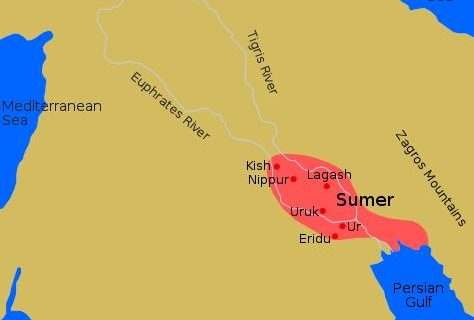The Sumerian Innovations that Changed Human History
Sumeria, the first civilization in history, arose in Mesopotamia, the region between the Tigris and Euphrates Rivers in modern-day Iraq. Made up of approximately a dozen city-states that often warred with each other, the Sumerians developed a civilization that, backing out modern technology, was in many ways not very different from the one we have today. They built the first true cities and had a highly sophisticated society in the 4th millennium BC. Making important innovations in agriculture, architecture, astronomy, law, literacy, mathematics, and more, their contributions lived on in other cultures after the fall of their own in 1750 BC. Following are some of their more important developments.
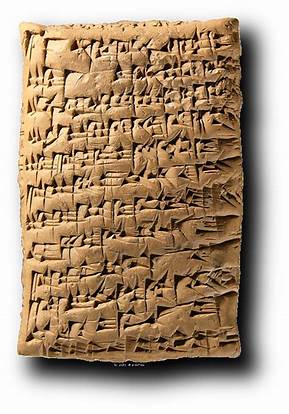
Cuneiform
Necessity drove the Sumerians to create the first writing system to deal with accounting, trade records and the need to send messages. Starting with pictographs that proved to be inadequate for the tasks, a true writing system was developed. Using a reed stylus, scribes pressed it in wet clay creating wedge-shaped indentations in various patterns to form words/ideas. The clay tablets would then be baked or left out in the sun to harden. This system became sophisticated enough for poetry and stories to be written, leading to the birth of literature. This led to the writing of The Epic of Gilgamesh, an epic poem that is regarded as the earliest surviving notable literature in history and the second oldest religious text after the Pyramid Texts.
Unsurprisingly, the first schools were opened to teach future scribes how to read and write what is now known as cuneiform. The method of teaching was brutal. Teachers would mete out physical punishment with the rod for the slightest mistakes and misbehavior. Avoiding teacher-inflicted pain seems to be the main motivation to do well in their studies!
Starting in 3400 BC, cuneiform eventually outlived its creators because it could be adapted to other languages and ended up being used by over a dozen other cultures. In fact, evidence has been found that Near East astronomical texts were still being written in cuneiform as recently as the first century AD. [1]
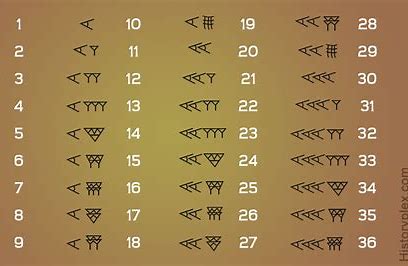
Math System
The Sumerian math system, called a sexagesimal system, combined a mundane 10 with a ‘celestial’ 6, to obtain the base figure 60. This system is in some ways superior to our present one, and much superior to the later Greek and Roman systems. It enabled Sumerians to divide into fractions, multiply into the millions, calculate roots and raise numbers by several powers. Even today, we have several elements of Sumerian math in our daily lives: the 360-degree circle, the foot made up of its 12 inches and the dozen as a unit of measure/counting. [2] In addition to these, they also gave us the sixty-second minute and sixty-minute hour (history) as well as the 12-hour day/night [3] and 12-month year. [4]
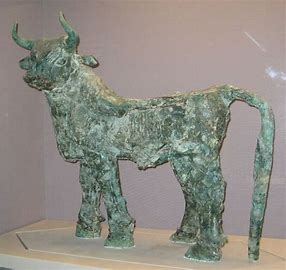
Fabrication of Copper
The Sumerians were the first people to use copper, starting as far back as 5000-6000 years ago, thus initiating the Copper Age. For civilian use, they invented metal razors, harpoons, chisels, vessels and jugs, hammers, nails, braces and saws, as well as agricultural tools that improved food production. Revolutionizing warfare, they introduced metal arrow heads, swords, spears, maces and armor. This use of copper increased their strength agriculturally and militarily, giving the Sumerians a distinct advantage over their neighboring rivals. [5] [6]
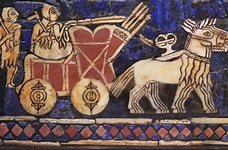
The Wheel
The Sumerians invented the first wheel approximately 5500 years ago. However, they did not develop the first wheeled vehicles, though they likely came up with the first two-wheeled chariots. [7] They also built and used four-wheeled battle wagons that resembled carts pulled by asses. [8] Both the chariots and battle wagons carried archers, making them mobile firing platforms. They were basically the modern equivalent of tanks on the ancient battlefields. These vehicles, coupled with copper weapons and armor, revolutionized warfare, making the Sumerians formidable foes, at least until their enemies copied their technology.
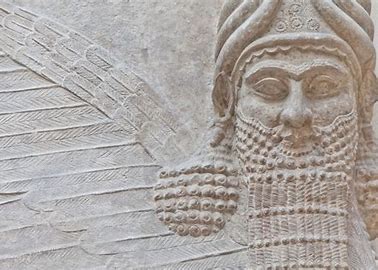
Monarchy and Law
To effectively control their city-states, the Sumerians developed the first system of monarchy. The previous system of priest/judges could not cope with the new demands on decision making, so a new political innovation was needed. The kings, called Lugal (which literally meant ‘big man’), oversaw the cultivation of the land, an absolutely critical task to ensure the flow of food into the cities to feed the urban population, along with having many other responsibilities. They were also tied to the gods to ensure their will was done on earth. This ruling by divine will gave the kings legitimacy in the eyes of the common people. [9] Etana of Kish was the first confirmed monarch, who ruled around 2600 BC. [10]
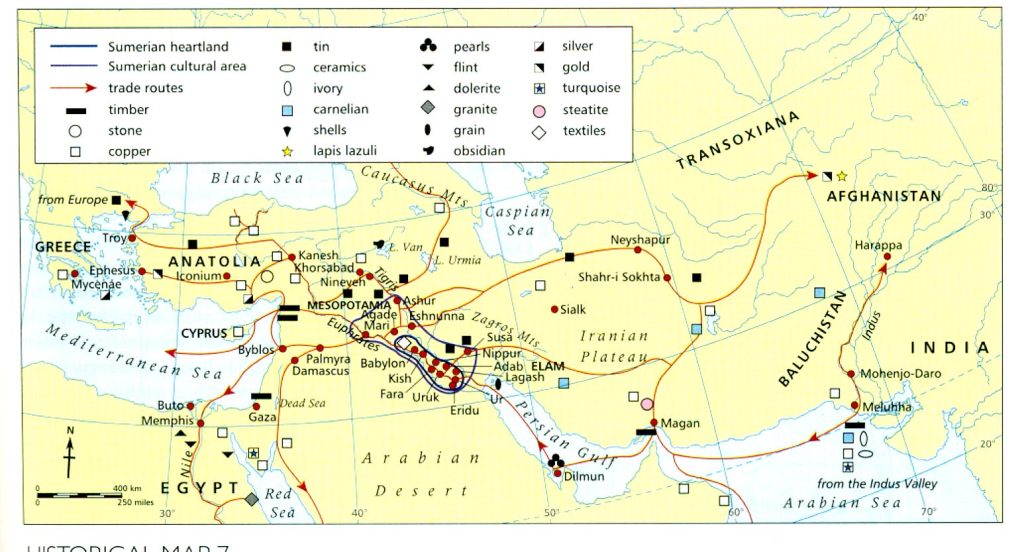
Long-Distant Trade
The Sumerian’s homeland was extremely resource poor. Lacking large reserves of timber, stone and minerals, they were forced to develop the first extensive long-range trade routes to get the materials they needed for a thriving civilization. They traded with the island of Dilmun (Bahrain) for copper, Anatolia and Lebanon for cedar wood, as well as Oman and the Indus Valley for gemstones and gold. [11] They also obtained lapis lazuli, a stone they found particularly desirable for artwork and jewelry, from Afghanistan. [12]
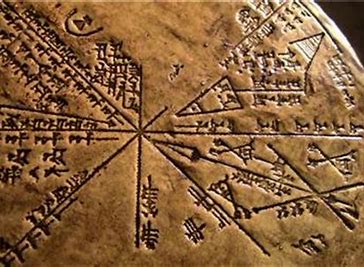
Astronomy, Astrology and the Lunar Calendar
The Sumerians were the first astronomers to group stars into separate constellations. They also not only identified the five planets visible to the naked eye (Mercury, Venus, Mars, Jupiter and Saturn), but they additionally noted the movements of planets and stars. A lunar calendar was created using the phases of the moon, with their year divided into 2 seasons: summer and winter. They then used this knowledge to work out a system of astrology, using it to try to determine the outcome of battles and the overall fortunes of their city-states. [13] Regarding calendars, their lunar model was synchronized with the solar year by adding a leap month every four years. [14]
Sources
6 Sumerian Inventions That Changed the World | History Hit
9 Things You May Not Know About the Ancient Sumerians – HISTORY
Sumerians – World History Encyclopedia
Sumerian Civilization – New World Encyclopedia
The Wheels of War: Evolution of the Chariot – History (historyonthenet.com)Sumerian Calendars and Astronomy – Crystalinks
